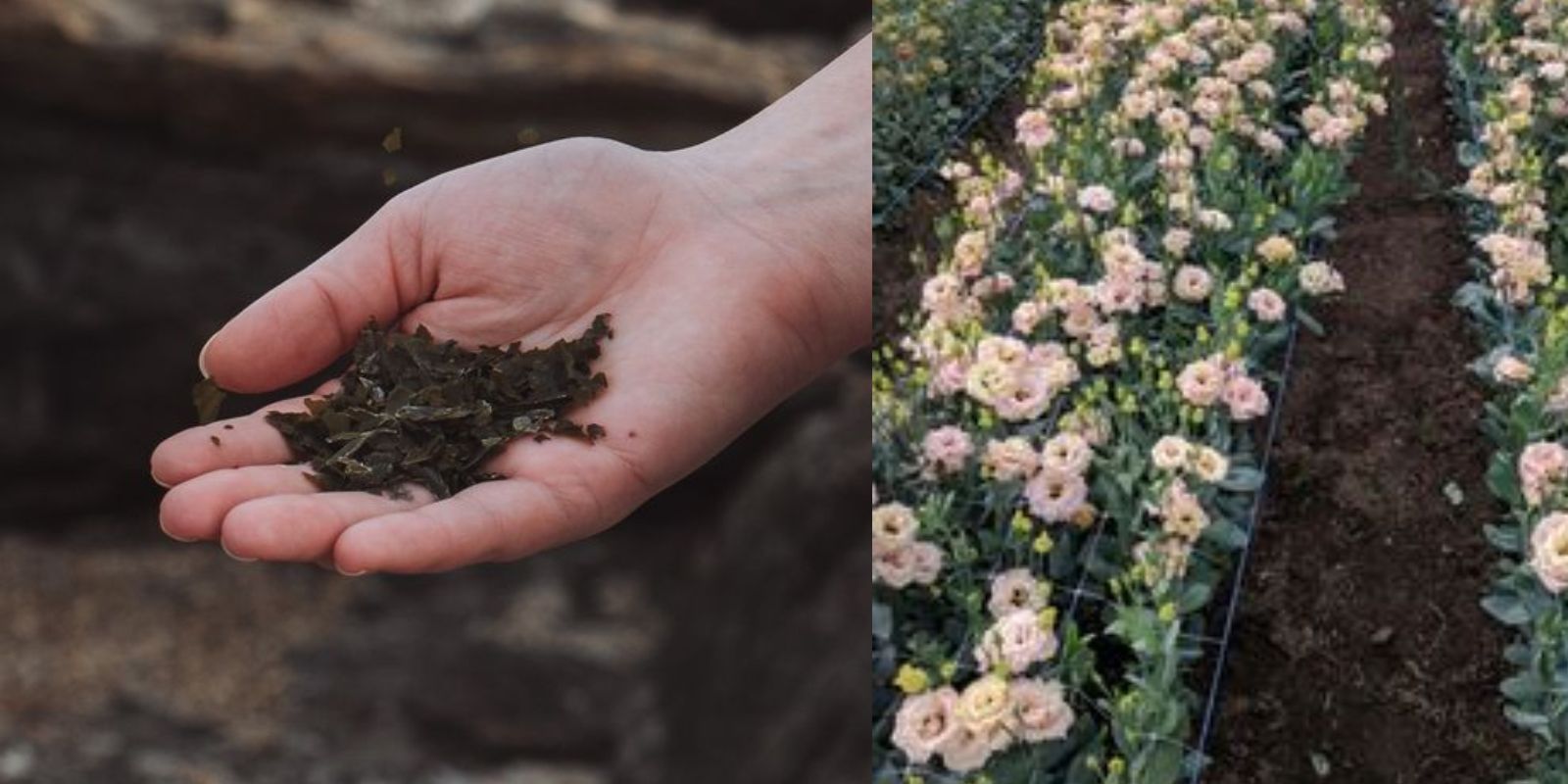Gardening enthusiasts always seek methods to make their gardens flourish quickly and vibrantly. Imagine having the power to make flowers bloom in a blink of an eye with just a handful of a special ingredient. This article will reveal how you can achieve rapid and spectacular blooms using high-phosphorus fertilizer. We will delve into the step-by-step process, the science behind it, and additional tips to ensure your garden thrives. Get ready to transform your garden and inspire others with your newfound knowledge!
The Magic of High-Phosphorus Fertilizer
Phosphorus is an essential nutrient that plays a crucial role in the blooming process of plants. It promotes root development, enhances flower formation, and improves the overall health of plants. High-phosphorus fertilizers, often labeled with a higher middle number in the N-P-K (Nitrogen-Phosphorus-Potassium) ratio, are specifically designed to boost flowering and fruiting.
The science behind phosphorus and its impact on plants is straightforward:
- Energy Transfer: Phosphorus is a component of ATP (adenosine triphosphate), which is vital for energy transfer within the plant. This energy is necessary for photosynthesis, nutrient uptake, and growth.
- Root Development: Strong roots allow plants to absorb more nutrients and water, supporting vigorous growth and blooming.
- Flower Formation: Phosphorus stimulates the production of blooms and enhances the size and number of flowers.
By providing your plants with an extra boost of phosphorus, you can encourage faster and more prolific blooming.
Materials Needed
To make your flowers bloom quickly, gather the following materials:
- High-phosphorus fertilizer (e.g., 10-30-20 or similar)
- Gardening gloves
- Watering can or hose
- Measuring tool (a small cup or your hand)
Step-by-Step Guide
- Choose the Right Fertilizer
- Select a high-phosphorus fertilizer suitable for flowering plants. Read the label to ensure it has a higher middle number in the N-P-K ratio, such as 10-30-20 or 5-50-17.
- Measure a Handful
- Put on your gardening gloves to protect your hands. Measure a small handful of the fertilizer. If you prefer, you can use a small cup or scoop to ensure a consistent amount.
- Apply to Soil
- Evenly distribute the fertilizer around the base of the flowering plant. Avoid direct contact with the plant stems or leaves, as this can cause burns or damage.
- Water Thoroughly
- Water the plant well to help the fertilizer penetrate the soil and reach the roots. This also prevents the fertilizer from sitting on the soil surface, where it can be less effective or potentially harmful.
- Watch it Grow
- With the right conditions, you should start to see your flowers bloom rapidly. Continue to care for your plants by providing regular watering and monitoring their health.
Additional Tips for Success
- Proper Timing: Apply the fertilizer during the plant’s active growing season. For most flowering plants, this is in the spring and summer months.
- Avoid Over-Fertilizing: Too much phosphorus can harm your plants and lead to nutrient imbalances. Follow the recommended dosage on the fertilizer package and avoid over-application.
- Balanced Nutrition: While phosphorus is crucial for blooming, ensure your plants receive a balanced diet of nitrogen and potassium as well. Nitrogen supports leafy growth, and potassium enhances overall plant health and resistance to disease.
- Soil Testing: Conduct a soil test to determine the existing nutrient levels in your garden. This helps you make informed decisions about the type and amount of fertilizer needed.
- Organic Options: If you prefer organic gardening, consider using bone meal or rock phosphate as natural sources of phosphorus. These organic fertilizers release nutrients slowly and improve soil health over time.
The Benefits of Rapid Blooming
- Enhanced Aesthetics: Quick and abundant blooms can transform your garden into a vibrant, colorful oasis. This is particularly beneficial for special occasions or when you want to impress visitors.
- Increased Pollination: More flowers attract more pollinators, such as bees and butterflies, which can benefit other plants in your garden and contribute to a healthy ecosystem.
- Extended Blooming Season: By encouraging rapid blooming, you can potentially extend the flowering season of certain plants, allowing you to enjoy their beauty for a longer period.
- Boosted Plant Health: Adequate phosphorus not only promotes blooming but also strengthens plant roots and overall health, making them more resilient to stress and disease.
Common Challenges and Solutions
- Burned Plants: Over-fertilizing or applying fertilizer directly to plant tissue can cause burns. To avoid this, follow the recommended dosage and apply fertilizer evenly around the base of the plant.
- Nutrient Imbalance: Excess phosphorus can lead to nutrient imbalances, inhibiting the uptake of other essential nutrients like iron and zinc. Regular soil testing and balanced fertilization practices can help prevent this issue.
- Slow Results: If you don’t see immediate results, be patient. Factors such as plant species, environmental conditions, and existing soil fertility can affect the rate of blooming. Ensure your plants are well-watered and receive adequate sunlight.
Conclusion
A handful of high-phosphorus fertilizer is all it takes to make your flowers bloom rapidly, transforming your garden into a vibrant, colorful paradise. By understanding the role of phosphorus in plant growth and following the step-by-step guide, you can achieve spectacular results in a short period. Remember to balance your fertilization practices, monitor your plants’ health, and enjoy the beauty of your thriving garden.
Whether you’re preparing for a special event or simply want to enhance your garden’s aesthetics, this method offers a quick and effective solution. Embrace the power of phosphorus, and watch your flowers explode with color and life.
Join the conversation! Have you tried using high-phosphorus fertilizer to boost blooming? Share your experiences, tips, and questions in the comments below to inspire and help fellow gardeners.

